🌍 How Translations Could Double Your Steam Success

Steam has a massive audience. 30+ million concurrent users and 130+ million accounts. Amazing.
As game developers, how do we get access to more of that audience? Let's look a little more closely:
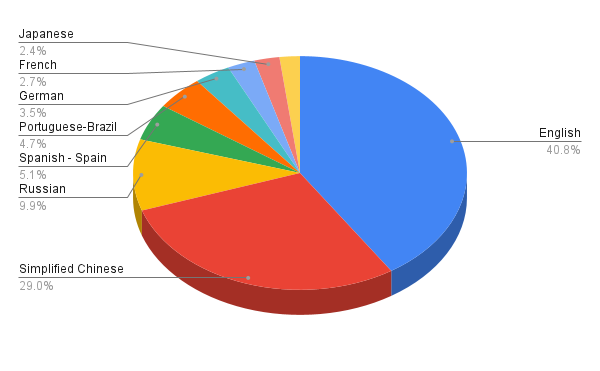
English speaking players represent the largest slice of the pie at around 40%. However, more than half of Steam users speak a different language! That remaining 60% represents tens of millions of players left out in the cold if your games only support English.
So how do you access that additional 60%, potentially doubling your reach? Let's cover:
- Translating your Steam page into more languages
- Translating your Steam game into more languages
- Which languages should you support?
- How to get translations
1) Translate your Steam PAGE
You read that right, translate your Steam page (separate from the game itself).
Simply translating the text on your Steam page is straightforward. This lets non-English speakers discover your page within the Steam ecosystem. They can find your game, read about your game, and even decide to wishlist it or buy it.
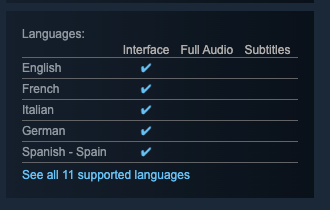
Sometimes even non-English speakers can enjoy English games. They might speak some English, feel like they can "get by" without knowing it, or maybe text isn't a big deal in your game and it can be played without much reading.
Upload Translated JSON Files
Adding a language to your Steam page is easy:
- Go to Steamworks / App Admin / <Your Game>
- Click the Localization tab
- Select English, JSON, then press the Download Localization button
- Pick a language to localize (let's use Spanish as an example)
- Rename the JSON file to represent this new language
- e.g. storepage_599983_english ➡️ storepage_599983_spanish
- Translate the relevant text values
- e.g. app[content][about] and app[content][short_description]
- (For how to get translated strings, see below)
- In Steamworks, choose this new file then press Upload Localization
- (Then make sure you publish: Publish tab, Publish to public button)
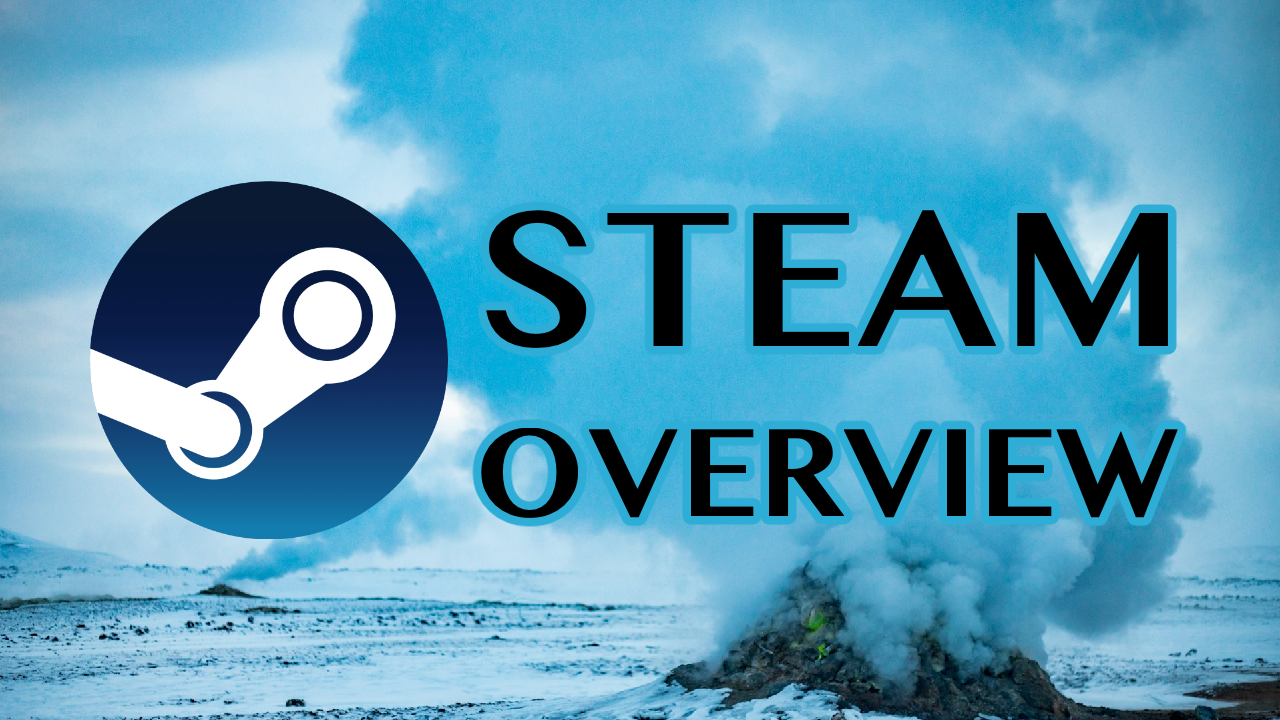
Read this if you need help navigating Steam's developer tools.
2) Translate your Steam GAME
Translating your Steam game's page is easy. Implementing translations within your game is much harder! If your game doesn't support localization yet, you may have to do some heavy refactoring to get it working.
When you need to do some bulldozing, I highly recommend keeping old systems intact. Ensure that your game remains playable and that you can always revert to a previous state if things blow up in your face.
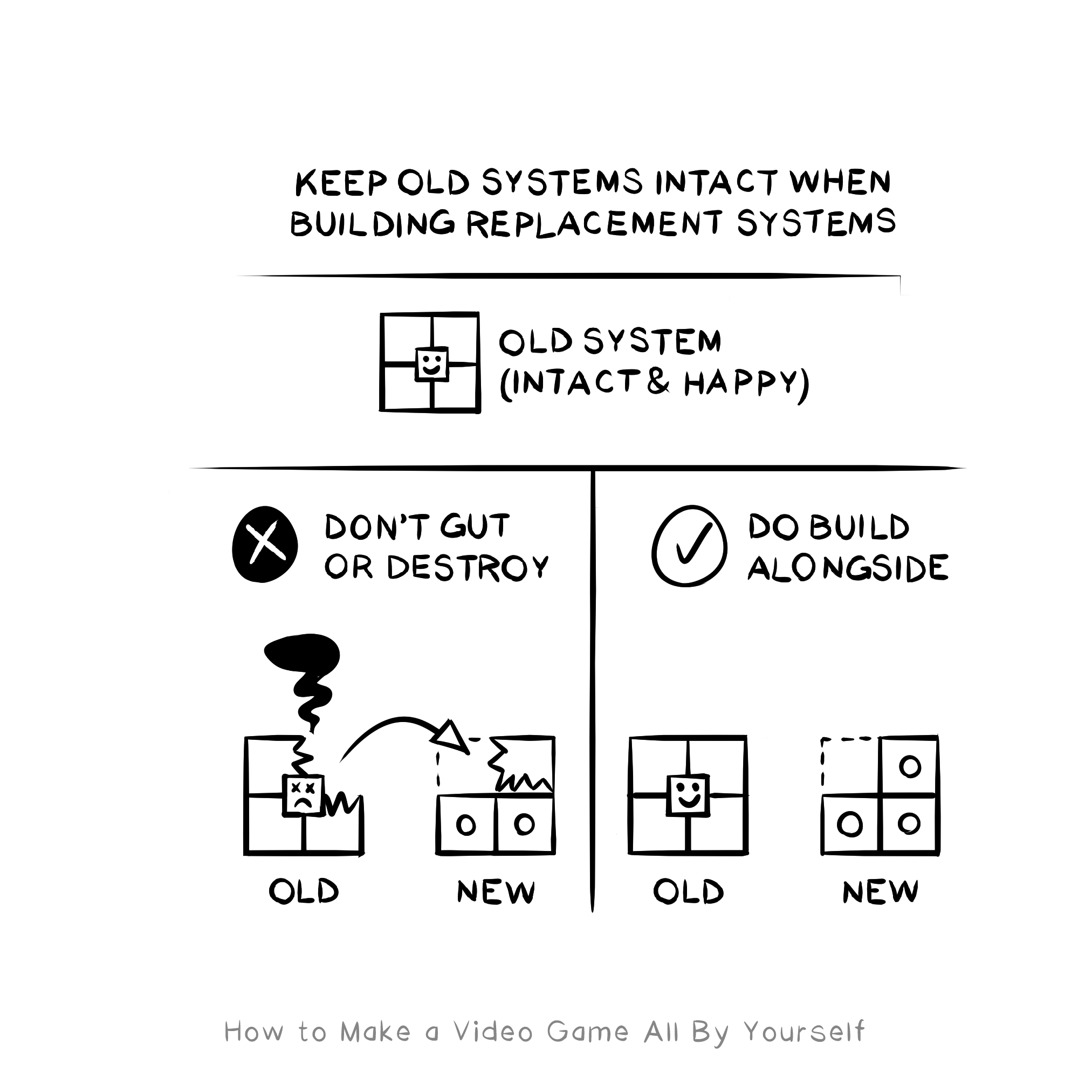
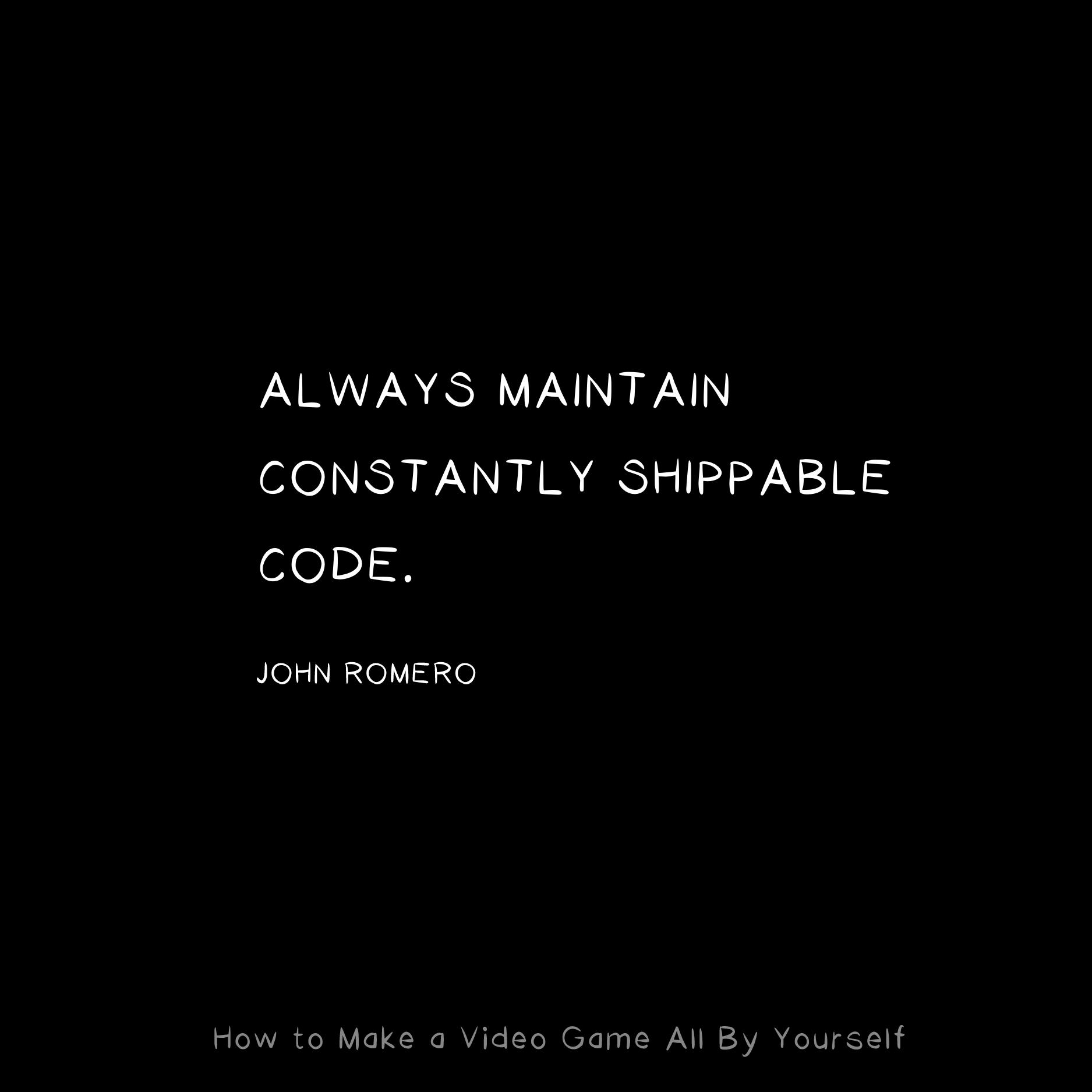
A whole tutorial on how to implement translations in your game is outside the scope of this article. Does something like that interest you? Let me know in the Valadria Discord.
Enable Languages For Your Game
Implementing translations in your game is the hard part. Telling Steam what your game supports is much easier. We just gotta check some boxes:
- Go to Steamworks / App Admin / <Your Game>
- Make sure you're on the Basic Info tab
- Scroll down to Supported Languages
- Find the languages that your game supports
- Check the boxes of the features that your game supports in that language
- Subtitles: For when your game has voice acting and supports subtitles
- Full Audio: If your game has voice acting for the given language
- Interface: If your game's user interface supports the language
- Press the big green Save button
- (Again make sure you publish: Publish tab, Publish to public button)
![Supported Languages* Please select all applicable languages that your product supports, and the degree to which they are supported. • Interface - All in game text (ie. Menus, Ul, etc.) is displayed in that language. • Full Audio - Indicates that all spoken dialog is translated and available in that language. Essentially voice talent doing dialog in the language. • Subtitles - Indicates that subtitles are displayed on screen for all spoken dialog in that language. All languages - If your game has no text and can be played in any language, click here to select all options below Made a mistake? Clear all boxes Set all languages English Italian Spanish - Spain Subtitles Subtitles Subtitles | Full Audio ~ Interface Full Audio • Interface Full Audio Interface French German Arabic Czech Dutch Greek Indonesian Korean Polish Portuguese - Portugal Russian Spanish - Latin America Thai Turkish Vietnamese •]Subtitles ]Full Audio _]Interface Bulgarian • Subtitles 1 Full Audio Interface Danish • Subtitles Full Audio Interface Finnish • Subtitles Full Audio Interface Hungarian • Subtitles 1 Full Audio Interface Japanese ISubtitles • Full Audio NInterface Norwegian ] Subtitles Full Audio Interface Portuguese - Brazil • Subtitles | Full Audio • Interface Romanian •Subtitles Full Audio Interface Simplified Chinese • Subtitles 1 Full Audio Interface Swedish ] Subtitles Full Audio Interface Traditional Chinese • Subtitles Full Audio Interface Ukrainian • Subtitles Full Audio Interface](https://www.valadria.com/content/images/2025/01/supported_languages.png)
3) Which Languages Should You Support?
Steam supports loads of languages! Fortunately, we don't need to support them all. To start, Valve themselves suggest focusing on Asian languages:

Also, remember the above chart? Simplified Chinese accounts for a huge 29% slice of the pie. That's more than 3x as many as the next most popular language!
For that reason, if you want to keep things simple, just do Simplified Chinese.
Wanna do more? Make the Game listeners might remember Chris Zukowski recommending Chinese, Korean, and Japanese as a good starting point:
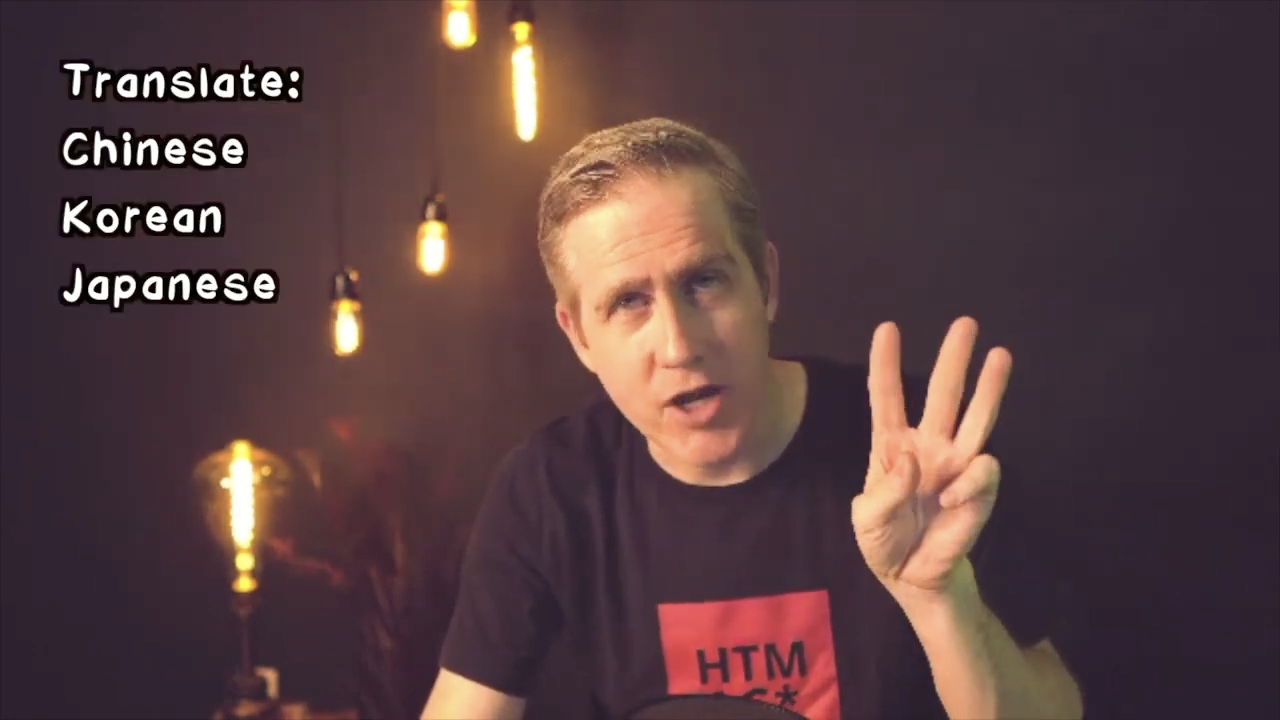
4) How to Get Translations
So you've got text in your game and on your Steam page. How do you translate that text? Here are some ways:
OK, sure, we all know about Google Translate. This and similar free services are not terrible places to get placeholder text, but the translations are pretty much guaranteed to get some things wrong. They'll make your text confusing, or perhaps even unintentionally insulting! It's easy and inexpensive, but far from ideal.
If you've got the budget, it can be worth the money to get professional translations. There are paid services like Gengo and Riotloc, and individual translators like Thomas Faust. The more context and human touch you can get into your translations, the better. Go with the pros when you can.
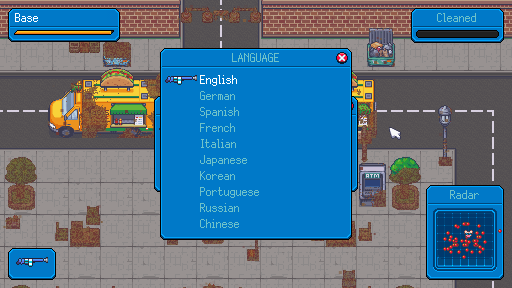
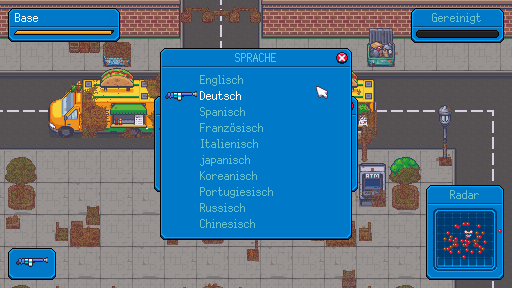
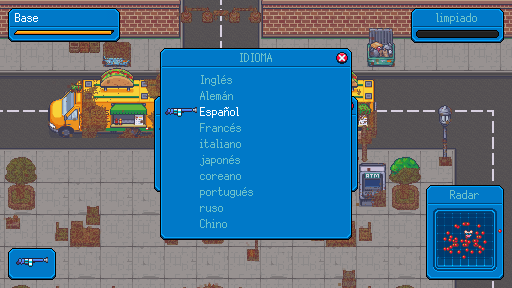
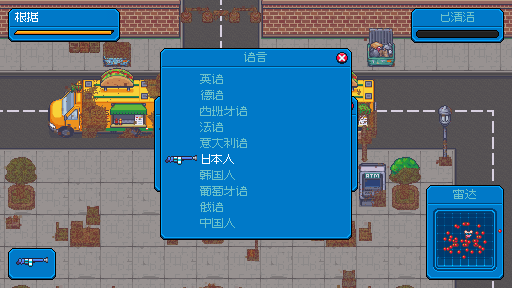
In-game translations in Pixel Washer (Google Translate for now)
💸 The Cheapest Method Imaginable
Want to know the least expensive translation possible? The answer:
🚫 No text at all! See ElecHead:
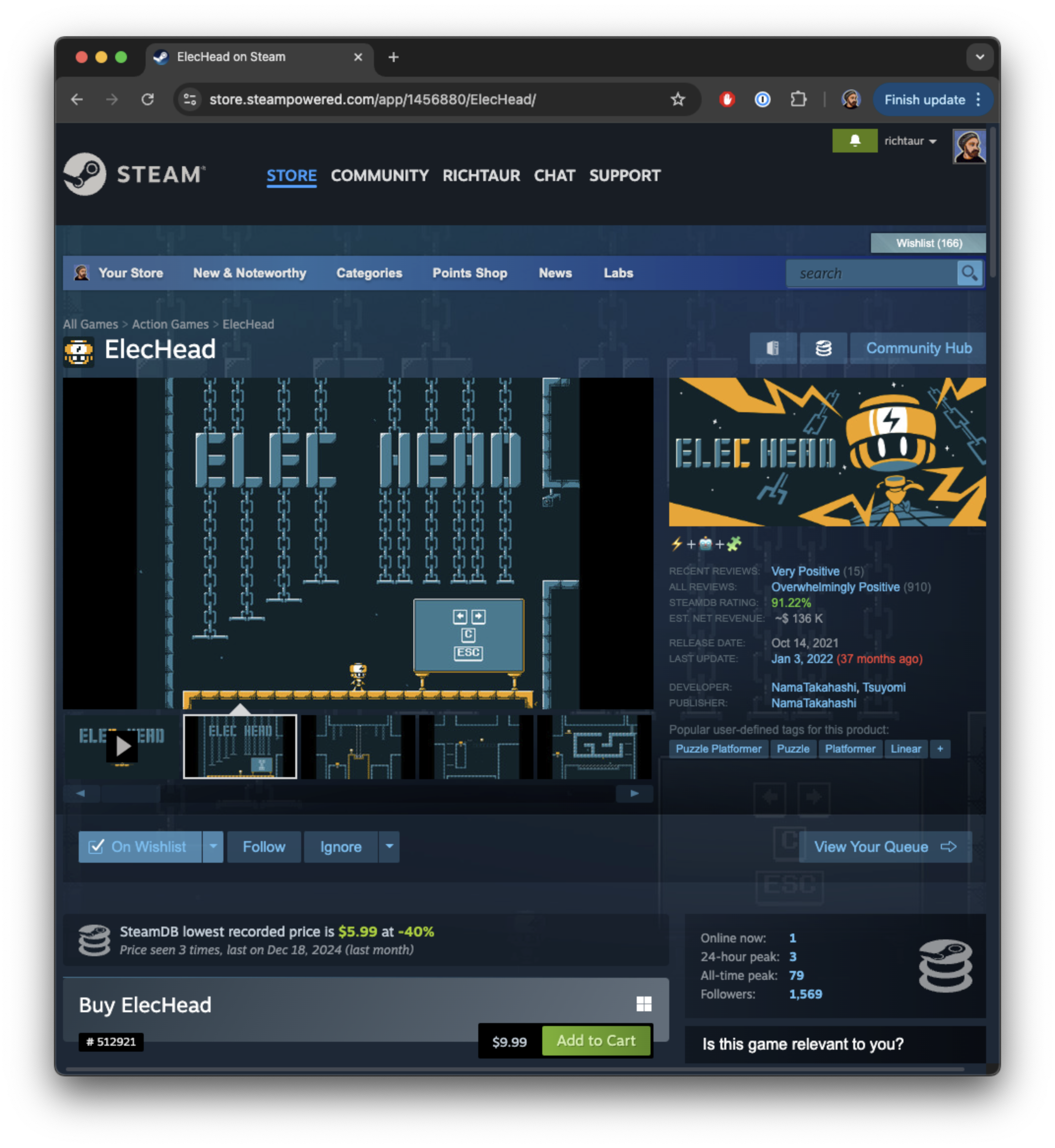
Can you believe it? There's:
- No short description text (it's left blank!)
- No long description text (it's just images!)
This developer found a clever, inexpensive way to support any/all languages. Limiting or omitting text entirely can be a smart move. It's true what they say: limitations breed creativity.
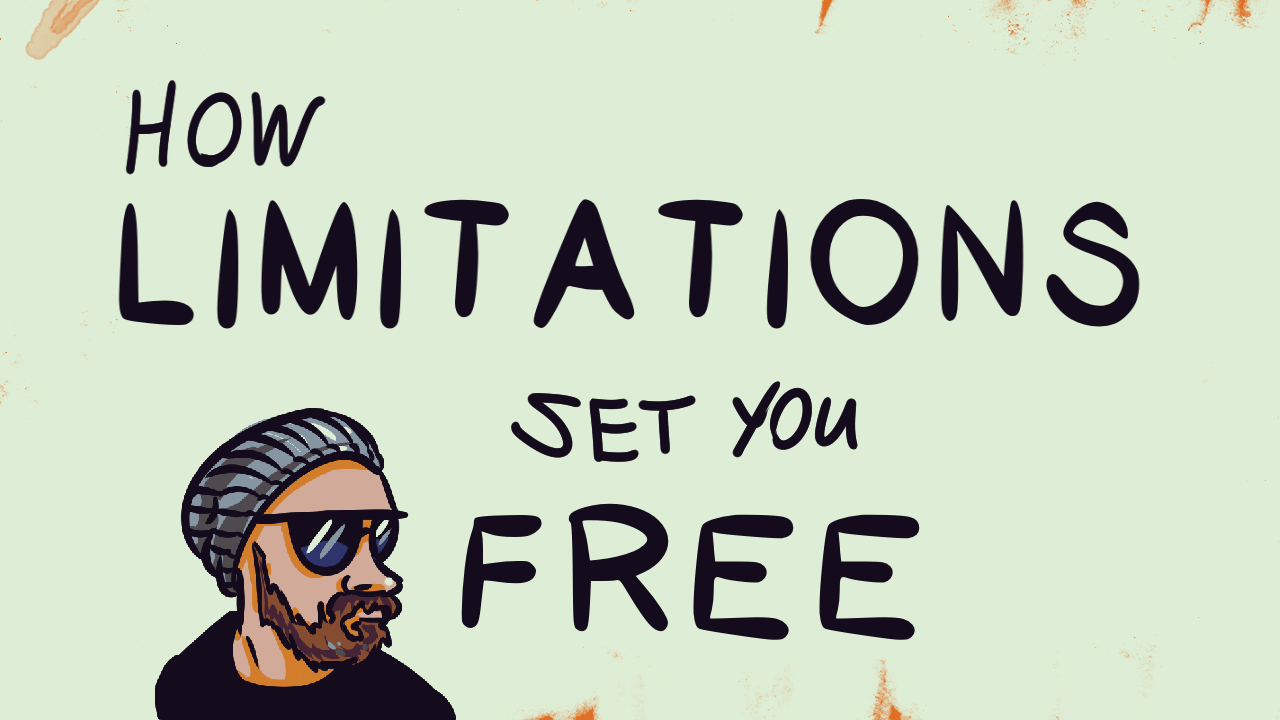
❤️ Happy Translating
Realistically, will translating into a handful of languages double your sales or wishlists or whatever? Probably not! But will it make your game available to far more Steam users? You betcha!
Either way, I highly recommending translating your page and your game. I'm doing it, so I clearly think it's worthwhile.
Good luck with your game! 🛠️
The Steam Dev Cheat Sheet video also covers translations.


